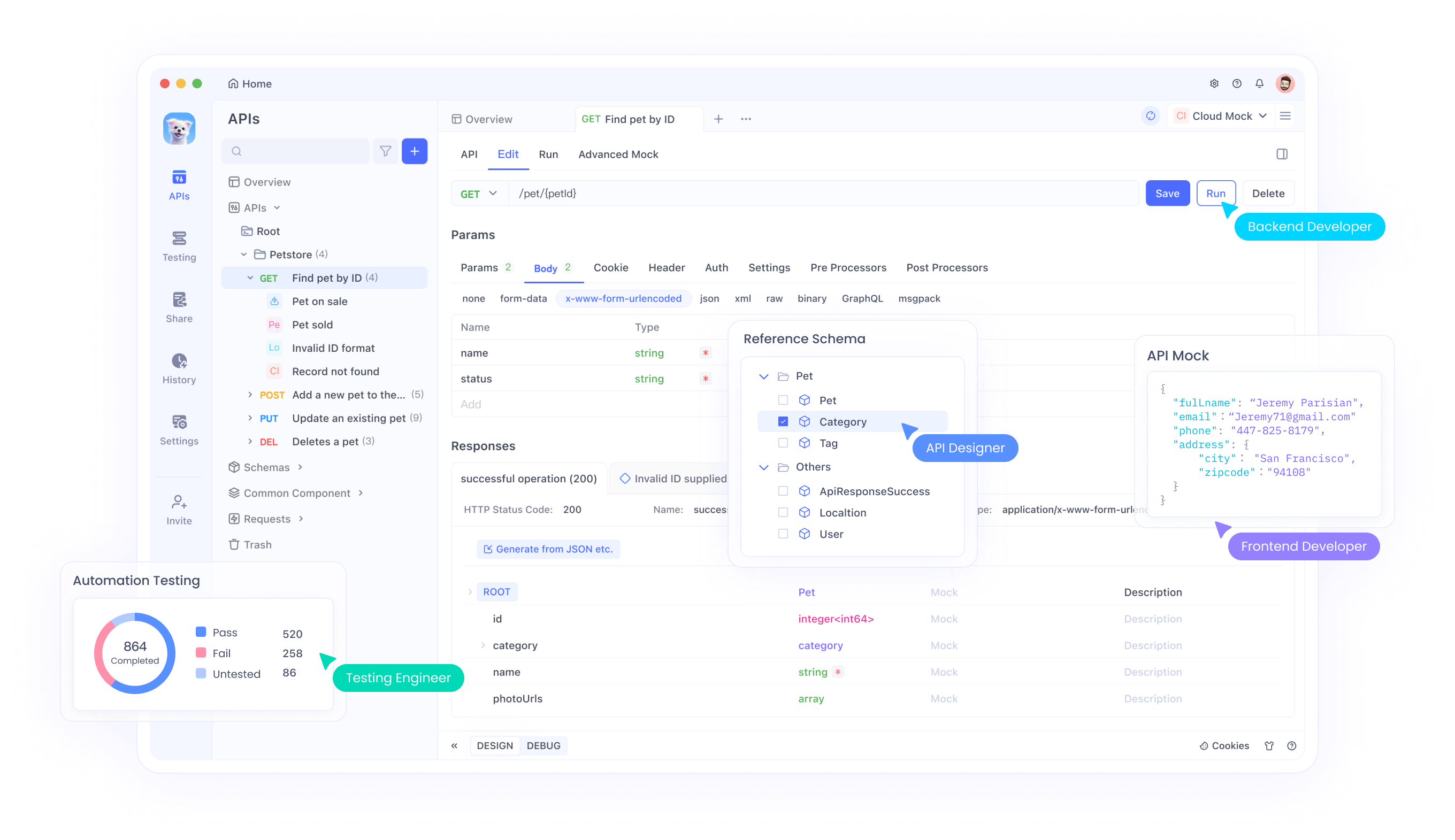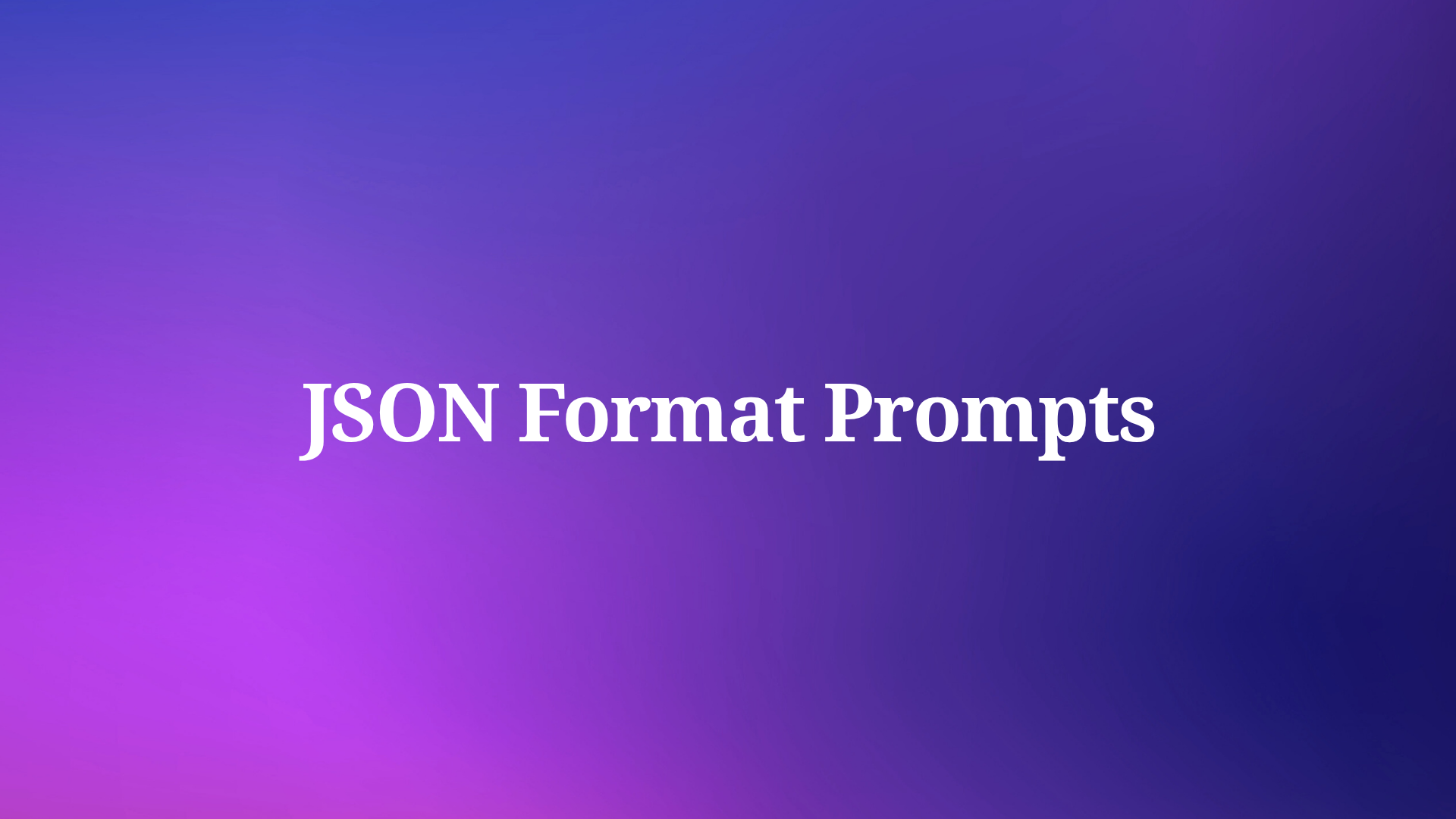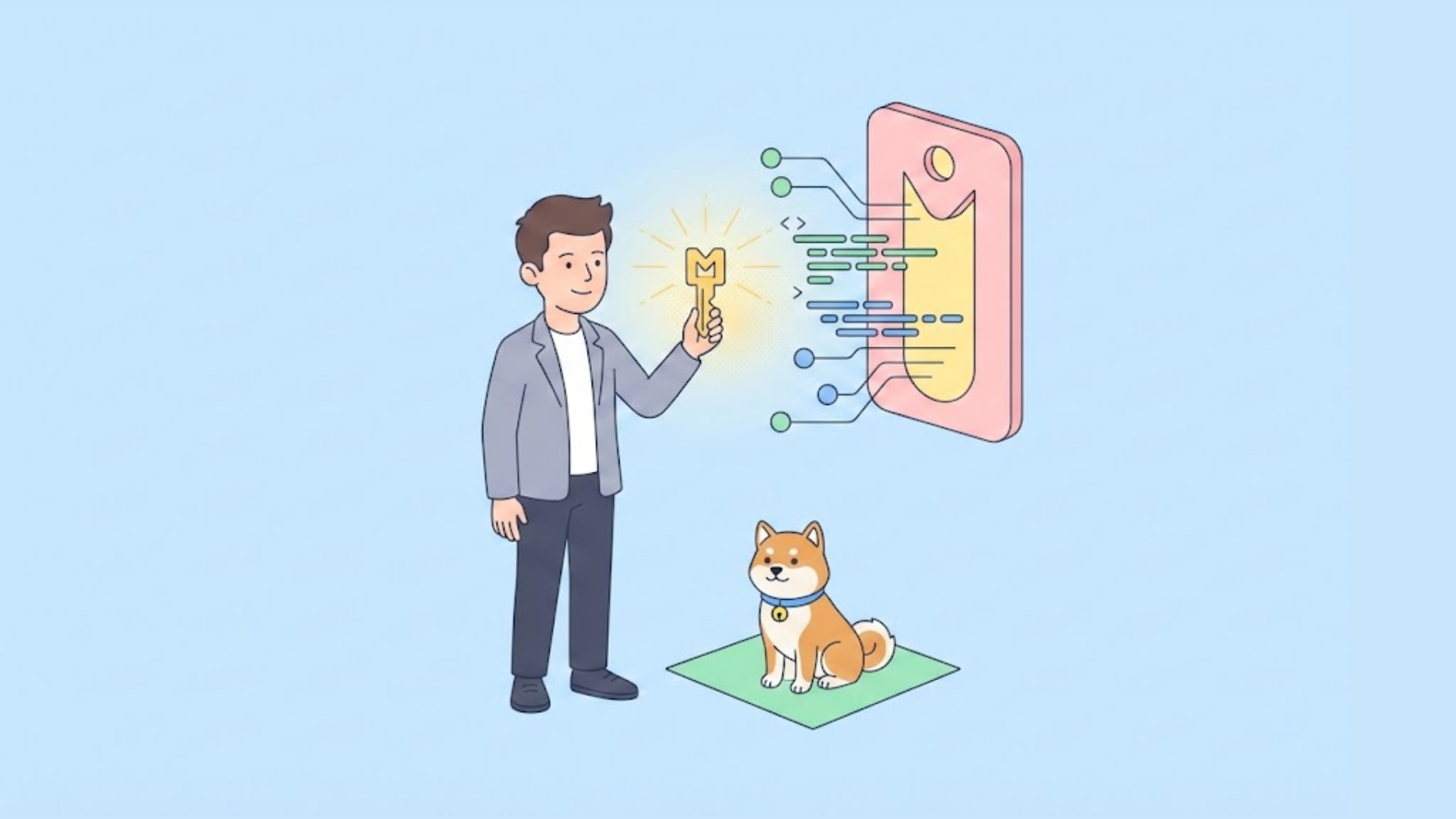The use of JSON format in writing prompts has emerged as a powerful technique to achieve highly accurate outputs from AI models. This approach, recently highlighted in an X post by Rimsha Bhardwaj, structures instructions clearly, reducing ambiguity for chatbots and language models. Whether you're a developer or an AI enthusiast, mastering JSON prompts can improve your results.
What Is JSON and Why It Matters for Prompts?
Understanding JSON Basics
JSON, or JavaScript Object Notation, serves as a lightweight data-interchange format. It relies on key-value pairs enclosed in curly braces {} to organize data in a human-readable and machine-parsable manner. For instance, a simple JSON object might look like this:
{
"name": "John Doe",
"age": 30,
"city": "San Francisco"
}
This structure ensures data remains consistent and accessible, making it a favorite in web development, APIs, and now, prompt engineering. Unlike freeform text, JSON eliminates ambiguity by defining each element explicitly.
The Role of JSON in AI Prompting
Language models like GPT, Claude, and Gemini process vast datasets, including code and structured documents. JSON aligns with this training data, acting as a "native language" for these models. Rimsha Bhardwaj’s X thread emphasizes that JSON prompts reduce guesswork, enabling models to deliver precise outputs. For example, a vague prompt like "write a tweet" becomes:
{
"task": "write a tweet",
"topic": "AI productivity",
"length": "under 280 characters",
"tone": "professional"
}
This clarity enhances accuracy, making JSON a game-changer for technical applications.
How JSON Improves Prompt Accuracy
Eliminating Ambiguity
Traditional prompts often leave room for interpretation. A request like "summarize an article" might yield varied results depending on the model’s mood or training. JSON counters this by specifying every detail. Consider:
- Vague Prompt: "Summarize this article."
- JSON Prompt:
{
"task": "summarize",
"source": "article.txt",
"length": "150 words",
"audience": "technical readers",
"tone": "concise"
}
The structured format leaves no space for misinterpretation, ensuring the output meets exact requirements.
Enhancing Model Understanding
AI models thrive on patterns. JSON’s hierarchical structure mirrors the organized data these models were trained on, such as APIs and configuration files. This alignment boosts signal strength, as noted in the X thread, leading to outputs that reflect the intended goal. For instance, nesting objects within JSON allows complex instructions:
{
"task": "generate a report",
"structure": {
"section1": "introduction",
"section2": {
"title": "analysis",
"length": "300 words"
}
},
"format": "markdown"
}
Such precision minimizes errors and maximizes relevance.
Step-by-Step Guide to Writing JSON Prompts
Step 1: Define the Task
Begin by identifying the primary action. Use a clear key like "task" to specify what the model should do—e.g., "write," "summarize," or "generate." This sets the foundation for the prompt.
Step 2: Add Key Parameters
Incorporate essential details using key-value pairs. Common parameters include:
"topic": The subject matter."audience": The intended readers."length": Word count or character limit."tone": Style, such as "formal" or "casual."
Example:
{
"task": "write a blog post",
"topic": "JSON prompting",
"audience": "developers",
"length": "2000 words",
"tone": "technical"
}
Step 3: Structure with Nested Objects
For complex tasks, nest additional objects to break down instructions. This technique, showcased in the X thread, supports multi-step processes:
{
"task": "create a thread",
"platform": "twitter",
"structure": {
"hook": "curiosity-driven, 20 words",
"body": "3 insights, 50 words each",
"cta": "question, 15 words"
},
"topic": "AI efficiency"
}
Step 4: Specify Output Format
Define the desired output format using a key like "output_format". Options include "markdown," "json," or "plain text." This ensures compatibility with tools like ApiDog, which handles structured data seamlessly.
Step 5: Test and Iterate
Run the prompt through your chosen model (e.g., ChatGPT, Gemini) and refine based on results. Adjust parameters to fine-tune accuracy, leveraging the static nature of JSON once optimized.
Best Practices for JSON Prompting
Use Explicit Key-Value Pairs
Avoid vague keys. Instead of "details," use specific terms like "audience" or "length." This practice aligns with the X thread’s advice to treat prompts like forms, not narratives.
Maintain Consistency
Stick to a uniform structure across prompts. Consistent keys (e.g., always using "task" for the action) help models recognize patterns, improving reliability.
Leverage Nesting for Complexity
Nested objects handle multi-layered instructions effectively. For example, a video generation prompt might include:
{
"task": "generate video",
"type": "demo",
"details": {
"theme": "fitness app",
"duration": "10 seconds",
"style": "modern"
}
}
Avoid Overloading
Keep JSON objects concise. Too many parameters can confuse models. Focus on essential instructions to maintain clarity.
Integrate with Tools Like Apifog
Apifog, a free API development tool, enhances JSON prompting by allowing users to test and debug prompts against APIs. Integrate it to validate outputs and streamline workflows.
Comparing JSON Prompts to Traditional Methods
Traditional Prompts
- Prompt: "Write a summary of this article."
- Issue: Lacks specificity, leading to variable length and tone.
- Output: May range from 50 to 500 words, with inconsistent style.
JSON Prompts
- Prompt:
{
"task": "summarize",
"source": "article.txt",
"length": "200 words",
"tone": "neutral",
"audience": "general public"
}
- Advantage: Delivers a 200-word, neutral summary tailored to the audience.
- Output: Consistent, predictable results.
The X thread’s comparison of regular vs. JSON prompts highlights this superiority, with JSON outputs being "crisper and clearer."
Advanced Techniques for JSON Prompting
Prompt Chaining
Link multiple JSON prompts to create workflows. For instance, generate a tweet, then summarize it:
{
"task": "write tweet",
"topic": "AI trends",
"length": "280 characters"
}
Followed by:
{
"task": "summarize",
"input": "[previous tweet output]",
"length": "50 words"
}
Dynamic Parameters
Use variables within JSON to adapt prompts. Example:
{
"task": "write email",
"recipient": "{{user_name}}",
"subject": "Welcome",
"tone": "friendly"
}
Integration with ApiDog
ApiDog supports JSON testing, allowing real-time validation of prompts against API endpoints. This feature accelerates development and ensures compatibility.
Limitations and When to Avoid JSON
Creative Tasks
JSON suits structured outputs but falters with creative demands like poetry or storytelling. Freeform text works better here, as noted in the X thread’s advice to avoid JSON for "chaos or surprise."
Over-Specification
Excessive details can overwhelm models, reducing flexibility. Balance is key—use JSON for clarity, not rigidity.
Conclusion
Mastering JSON format for prompts revolutionizes interaction with AI models, delivering shockingly accurate outputs. By defining tasks, parameters, and structures explicitly, users gain control over results, aligning with the training data models understand best. Integrating Apidog further amplifies this process, offering a free platform to test and refine prompts. Adopt this technique to think like an architect, not a poet, and unlock AI’s full potential.




